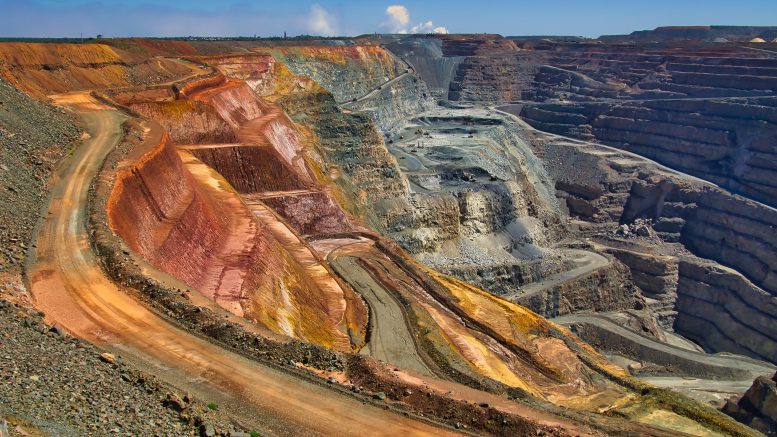For the second consecutive year, the Australian government has announced a budget surplus mainly owing to a vibrant mining sector, this time projected at A$9.3 billion, though some in the mining industry say it falls short.
The budget, unveiled in May, included new supports for the sector, including the critical minerals production tax incentive (CMiPTI). The A$7-billion initiative over 10 years provides a 10% refundable tax offset on eligible processing costs for critical minerals, starting July 2027.
“A CMiPTI is the cornerstone of the ‘Future Made in Australia’ strategy and sends a clear message to Australians and the world that Australia means business,” Warren Pearce, CEO of the Association of Mining and Exploration Companies (AMEC), said in a statement.
The 2024-25 budget also includes A$566.1 million over 10 years for geological mapping and introduces the A$10.2-million Critical Minerals National Productivity Initiative (CMNPI) that will identify potential facilities for downstream processing, recycling and reprocessing efforts. Like the United States and Canada, Australia now also invests in the downstream components of projects, giving A$840 million to Arafura Rare Earths’ (ASX: ARU) Nolans project in the Northern Territory and A$400 million for the Alpha High Purity Alumina (ASX: A4N) project in Queensland.
Mining leader
Australia is the world’s top lithium producer and home to major mining giants like BHP (ASX: BHP) and Rio Tinto (NYSE: RIO; LSE: RIO ASX: RIO) which underscores its advanced status in the industry.
While Canada’s mining sector views Australia as a leader in critical minerals development and mining support, critics in Australia’s industry say more could be done to ensure the country keeps its mining edge.
Minerals Council of Australia CEO Tania Constable pointed to continued high land transfer, payroll and corporate rate taxes as growth barriers for the country’s miners.
“At a time when Australia grapples with decaying productivity and looming long-term structural fiscal deficits, the government is imposing regressive policies on the sector that dampen the investment growth critical to achieving our economic potential,” Constable in a statement. “Unfortunately, this budget only scratches the surface of what is needed to ensure the Australian minerals industry remains competitive.”
The current corporate tax rate of 30% is a deterrent for businesses to invest and innovate within Australia, Constable said. In comparison, Canada has a 15% corporate tax rate, and combined with provincial rates, the total ranges from about 23%-31%. In British Columbia, a major mining region, the combined rate is around 27%.
“More favourable returns can be found elsewhere, making it decisive to reconsider this rate,” she said.
The AMEC’s Pearce said Australia had to act swiftly in the race to decarbonize, pointing out that “doing nothing simply isn’t an option” to maintain Australia’s competitive edge.
No time to lose
Constable flagged environmental approval uncertainties, long permitting times, rising energy costs, and recent changes to industrial relations policies as reducing the country’s investment allure. New policies recently introduced by the governing Australian Labour Party government include stricter hiring rules, tougher workplace safety requirements, and more power for unions.
This has led to higher compliance costs and more operational difficulties, making it harder for companies to stay competitive, she explained.
“The mining industry contributed over half of all company tax collected from large companies and continues to play a crucial role in funding the government services we rely on,” Constable said.
The CMiPTI and other initiatives may provide a short-term boost, but long-term competitiveness will require addressing structural challenges. As global competition intensifies, Australia must maintain its edge in the clean energy transition, leveraging its rich mineral resources to secure economic prosperity, she added.
The budget also seeks to improve trade partnerships, allocating A$5.8 million over three years and enhancing foreign interference safeguards with an A$1 million injection.


Be the first to comment on "Mining-strong Oz budget could lead to another surplus, but more can be done, say insiders"